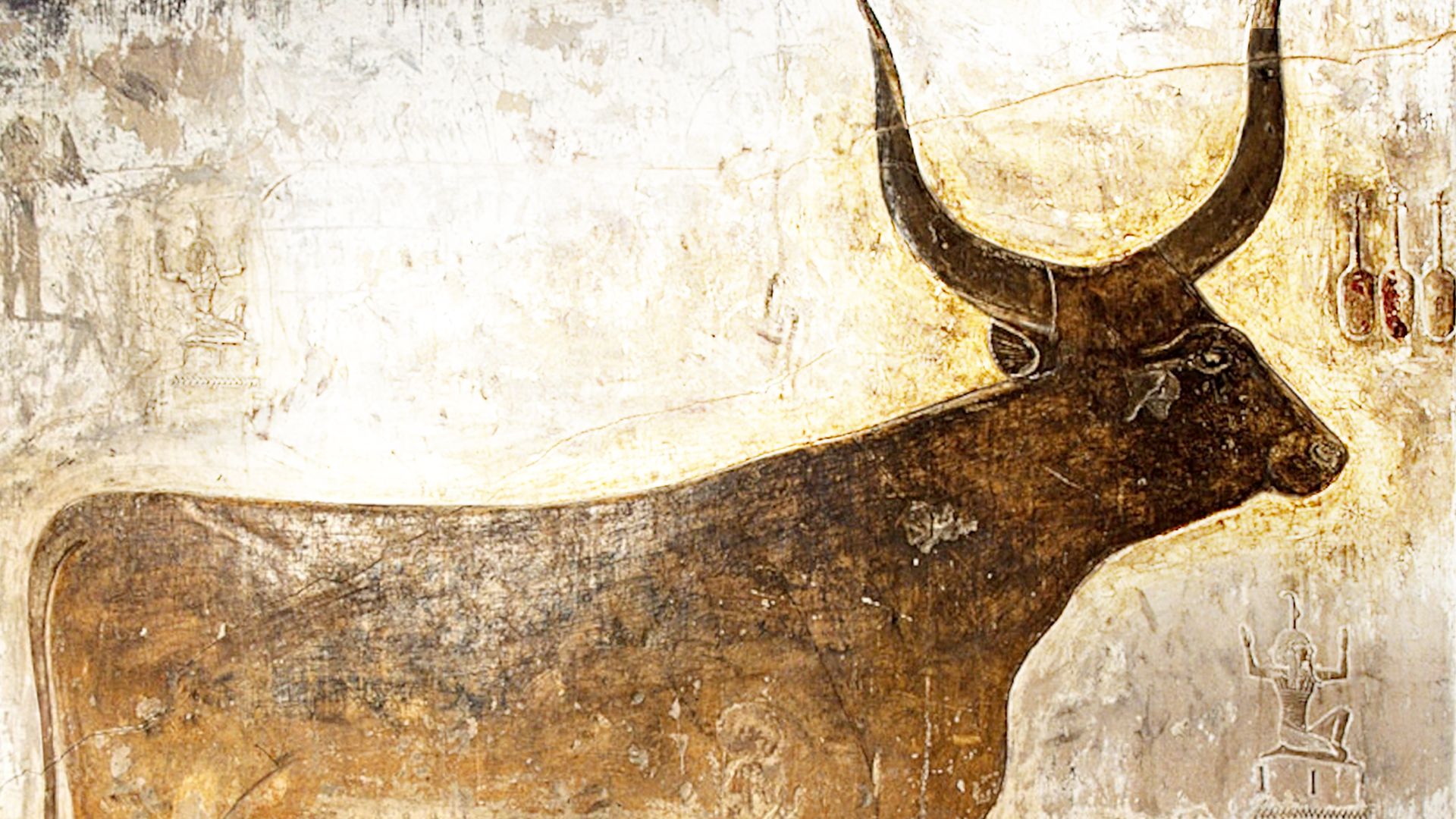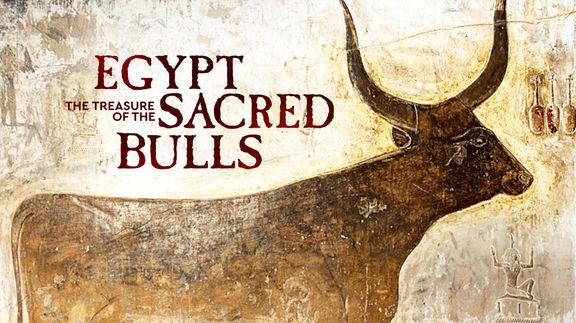

Egypt: The Treasure of the Sacred Bulls
Saqqara, Egypt, 1850. Auguste Mariette discovers the Serapeum, the burial place of the Apis bull, one of the most sacred sites in ancient Egypt. Today, a mission mandated by the Louvre Museum in Paris picks up the work where the French Egyptologist had left off – writing the next chapter in one of the greatest adventures in the history of archaeology.
Saqqara, Egypt, 1850. Auguste Mariette discovers the Serapeum, the burial place of the Apis bull, one of the most sacred sites in ancient Egypt. Today, a mission mandated by the Louvre Museum in Paris picks up the work where the French Egyptologist had left off – writing the next chapter in one of the greatest adventures in the history of archaeology.
Related Articles
View AllYou’re Dead. Now What? How Death Rituals Reflect Our Beliefs About Life
From the Buddhist Sky Burial to the Navajo Swift Burial, death rituals reveal much about what we think life and death are all about. Just as often, it seems, the rituals are…
By the Horns of Apis: Ancient Egypt’s Noble Bull-God
The Apis bull was one of the most revered sacred animals in the ancient Egyptian religion, with a key role as a living embodiment of divine power. It had an enduring legacy, with…
Why Did Ancient Egyptians Worship Cats?
When cats died, they would be buried in gold as their families mourned. Even the goddess Bastet was depicted as one. With all the practical and symbolic value they held, it’s no…
Pyramids, Sphinxes, and Aliens? The Mysteries of Ancient Egypt’s Architecture and Engineering
The ancient Egyptian civilization created some of the most miraculous architectural and engineering miracles ever. From the Sphinx to the Pyramid of Giza, from ink to agricultural…
Ancient Mystery: How Were Egypt’s Great Pyramids Built? (Think Water, Not Aliens)
It isn’t certain how huge limestone blocks were transported to the sites of the pyramids nor how they were raised into place. Several recent archaeological discoveries do make a…